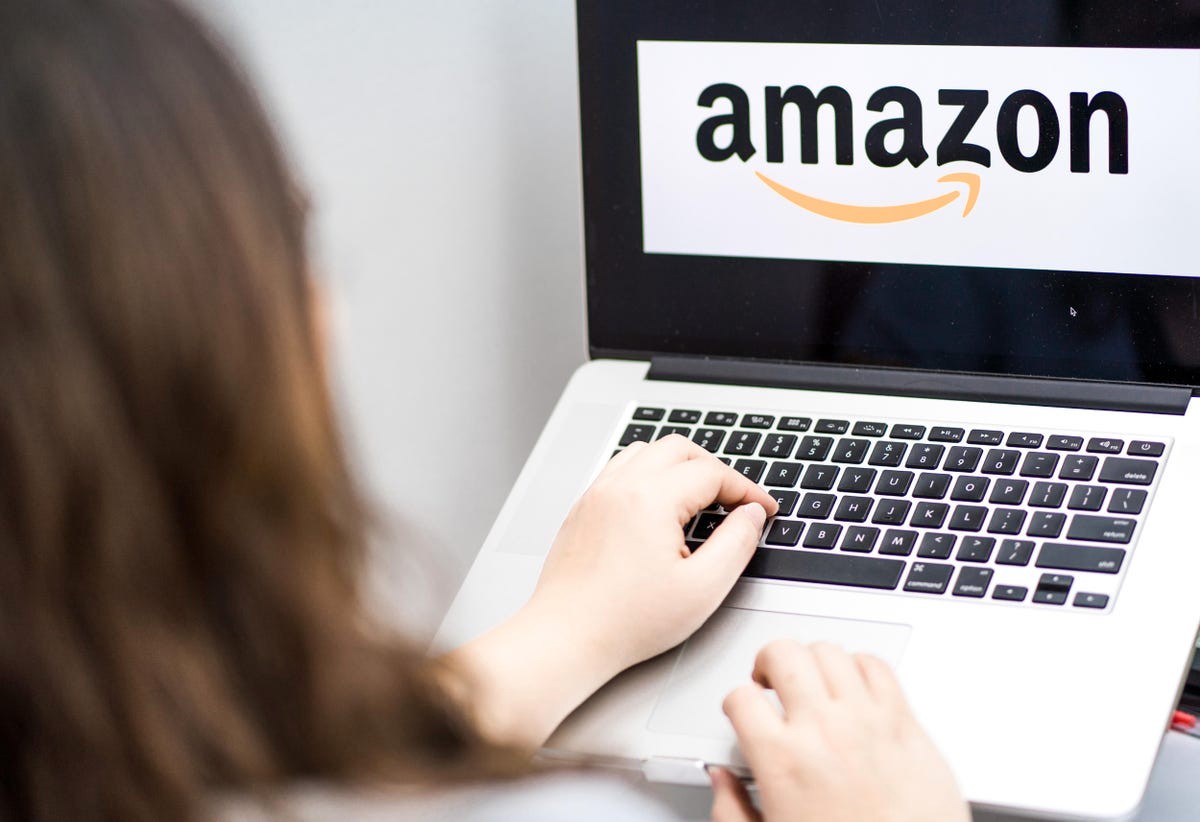
When most people decide to open an online store, they notice that there are so many options. While each choice has advantages and disadvantages, your circumstances will determine which is best for you. Each seller’s storefront on Amazon. Includes the name of the vendor’s storefront and an address where you may contact the seller. The storefront also contains the seller’s refund policy, guarantee/warranties, seller rating, and other aggregated feedback about the seller. You can Find Out more about Amazon customer support from the Amazon website.
If you need to get in touch with a merchant, try one of the following methods:
To get in touch with a marketplace seller after you’ve placed an order –
- Go to the Orders tab.
- In the list, look for your order.
- Choose a problem with your order, contact the seller, or ask a question (depending on the order category). If necessary, we will assist you in getting the vendor based on your problem.
Before placing an order, contact a marketplace seller –
- Click the seller’s name on the product information page or the offer listing page.
- Ask a question on a seller’s details page. You’ll be taken to a live chat window.
- Continue by selecting the necessary options in the Seller Messaging Assistant chat.
Key points you should know about Amazon support.
- Allow two days for a response from the vendor. Most of the time, you’ll get an answer sooner. Our A-to-Z Guarantee covers the majority of orders placed with merchants. If you haven’t heard from the seller within two days, check out the A-to-Z Guarantee to determine if you qualify.
- If the seller’s listing is eligible for Amazon Prime or if the seller participates in Customer Service by Amazon, our customer service will resolve any difficulties.
- See Amazon Logistics Deliveries if your tracking number begins with “TBA” if your order is dispatched with “AMZL US.”
Final thoughts
The scale of Amazon’s targeted audience is probably the most obvious advantage, but it’s still worth highlighting. When you put your products on Amazon, you gain access to a large pool of buyers who have already purchased from you.
In reality, independent merchants using Amazon’s platform account for more than 40% of all products sold on the site. When retailers offer their products on Amazon, they claim they may instantaneously reach hundreds of millions of online shoppers.
Amazon makes it simple for vendors who don’t want to deal with packaging and shipping. They provide Fulfillment by Amazon (FBA), which saves both time and money because Amazon handles all storage, packing, and shipping (including free shipping for Amazon Prime members). FBA also makes international export, refunds, and customer service more accessible. When you sell in numerous sales tax jurisdictions, Amazon’s back-end infrastructure provides everything you need to run your business, including inventory monitoring, credit card processing, and sales tax collection (but not sales tax filing), which can be intimidating.
Customers on Amazon can view a list of recommended products when they’re on the site, and your product might grab their eye even if they’re not shopping for it. Furthermore, Amazon has a wide network of affiliates that may use Amazon adverts on their websites to direct consumers to your products. Customers on Amazon can view a list of recommended products when they’re on the site, and your product might grab their eye even if they’re not shopping for it. Furthermore, Amazon has a vast network of affiliates that may use Amazon adverts on their websites to direct consumers to your products.









